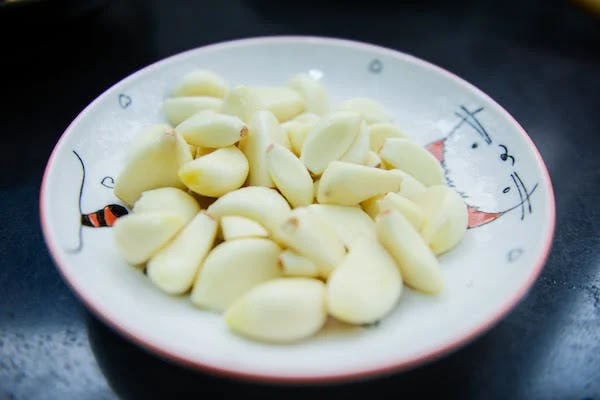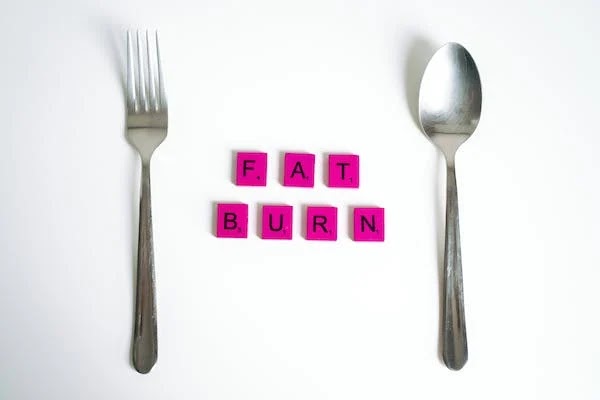 |
| Lung |
What are the symptoms of Lung disease and Pneumonia ? How to keep the lungs healthy ? What are the healthy foods for lungs ? | Health Tips
A very important organ in the human body is the lung, which controls our breathing. Various questions arise in our mind regarding various pulmonary matters. It also converts carbon dioxide-rich blood into oxygen-rich blood. Tuberculosis can cause severe lung damage. Respiratory tract diseases mainly include asthma, COPD, bronchial tumors and other endobronchial infections.
The most common lung diseases are:
- Asthma disease
- Pneumonia
- COPD, a form of chronic lung illness . Usually, people who smoke for a long time (10-15 years) are more prone to this disease.
- Lung cancer
- Pulmonary hypertension
- Cystic fibrosis. This disease causes a chronic infection of the lungs and reduces the ability to breathe.
Symptoms of lung disease :
Symptoms of lung problems include shortness of breath and pain in the lungs. These two symptoms are common in any lung problem. But depending on the difference of the disease, the symptoms may also be different. Here is a detailed discussion of what happens when there is a lung problem.
Asthma
Asthma is one of the chronic lung diseases. In this disease, the lungs become swollen and narrow, making it difficult to breathe. Symptoms include-
- Difficulty breathing
- Feeling that someone is squeezing your chest
- Cough
Both shortness of breath and coughing are among the main symptoms of tuberculosis and asthma. But the cough from asthma does not last as long as the cough from tuberculosis.
Asthma mainly affects children, but it can affect adults as well. Asthma severity increases in winter. Asthma can be controlled with medication. People who have allergy problems, smoke, or are overweight are more at risk of developing asthma.
More Read : What are the healthy snacks ? Can you eat healthy snacks without gaining weight ? | Health Tips
COPD (Chronic Obstructive Pulmonary Disease)
A chronic lung disease is chronic obstructive pulmonary disease (COPD). In COPD, lung inflammation increases mucus production and thickens the lining of the lungs, making breathing challenging.
COPD is caused by emphysema and chronic bronchitis. The anamnesis of the patients with COPD showed that all had emphysema or chronic bronchitis.
Emphysema: Emphysema damages the air sacs in the lungs. The air sacs in healthy people are strong and flexible. Emphysema weakens them.
Chronic bronchitis: Chronic bronchitis causes inflammation of the bronchi (tube-like tubes that allow air to enter the lungs). Increases mucus production.
Symptom-
- Difficulty breathing
- Difficulty breathing
- Frequent cough
- Coughing up phlegm
- Chest pain
Smoking is the main cause of COPD. Even people who don't smoke but have been with smokers for a long time are at very high risk of developing COPD. But many people think that smoking is also associated with tuberculosis. Although this is a misconception, because TB is transmitted by bacteria, bacteria have not been found in cigarette smoke, but rather a chemical called nicotine.
Lung cancer
Lung cancer is a disease in which cells in the lungs grow abnormally and slowly form tumors. When the tumors grow, the lungs become blocked and eventually these tumors spread to other parts of the body. Sometimes it grows without any symptoms.
Symptoms-
People at risk for lung cancer include:
- Has a family history of lung cancer
- There are other types of cancer
- Exposure to harmful chemicals
Pulmonary hypertension
Blood pressure in the lungs is elevated by pulmonary hypertension. Peripheral arterial hypertension, as contrast to normal high blood pressure, only affects the lungs' blood arteries.
Symptom-
- Chest pain
- Dizziness
- Fatigue
- Rapid heartbeat
- Swollen ankles
The disease cannot be cured, but it can be controlled with medication. Most tuberculosis patients have pulmonary hypertension.
People at risk of pulmonary hypertension are:
- Excessive weight
- Family history of pulmonary hypertension
- If there is any other lung disease
- Take appetite suppressants
- Taking drugs
More Read : Is chocolate bad or good ? What is dark chocolate ? The magic of chocolate | Heath Tips
Cystic fibrosis
It causes changes in the mucus in the lungs. The mucus is usually slippery and thin, with fibrosis the mucus changes to become sticky and thick. As a result, bacteria can easily grow and breathing becomes difficult.
Cystic Fibrosis Symptoms –
- Chronic cough
- Difficulty breathing
- Difficulty breathing
- Mucous cough
- Cold
- Excessive salty sweat
- Frequent sinus infections
If this disease is not treated in time, it can cause problems in the liver, kidneys, pancreas, and sexual organs. The infection can be minimized with bed rest as the main treatment, as well as medication and therapy.
People with this disease are less likely to develop tuberculosis than others. This is because the genes of people with this disease have resistance to TB (Mackenzie, 2006).
Pneumonia
Bacteria, viruses, or fungi are the three main causes of pneumonia. The Streptococcus pneumoniae bacterium enters the lungs and multiplies there. They cause the air sacs in the lungs to swell and collect fluid, reducing the supply of oxygen. Pneumonia usually improves after a few weeks of treatment. However, death can occur if not treated in time.
Pneumonia Symptoms-
- Coughing up phlegm
- Fever
- Drowsiness
- Difficulty breathing
- Chest pain, pain increases when breathing or coughing
- Tired wear
- Starvation
- Nausea or vomiting
- Headache
Those who are at risk of pneumonia -
- Children 2 years and under
- Persons 65 years or older
- People taking steroids or certain anticancer drugs
- Those with chronic asthma, cystic fibrosis, diabetes
- Those who have recently had a respiratory infection, such as a cold or flu
- Those recently or currently hospitalized with pneumonia
- Those who have had a stroke
- Those who smoke or indulge in excessive alcohol
More Read : How to eat Ginger ? What are the benefits of eating ginger ? Have any side effects of ginger ? | Health Tips
How to keep the lungs healthy ?
- Do not smoke and do not be around smokers.
- Exercise regularly, exercise increases your heart rate
- Eat nutritious food
- Get regular medical checkups.
- Always keep your hands clean, avoid touching your face with dirty hands and keep a safe distance from people who are sick with contagious lung diseases.
- Wear a mask when going out. The mask will keep you free from tuberculosis, corona and other diseases.
Infection in the lungs: what to do
If a lung infection is detected from the test by the doctor, then the drug should be taken according to its type. Antibiotics are usually prescribed for bacterial infections. But antibiotics are ineffective against viral infections. And if there is lung infection due to fungus then ketoconazole or voriconazole should be taken as an antifungal and if TB is diagnosed then TB drug should be taken regularly. Also follow some rules.
For example -
- To lower a fever, use the recommended dosage of acetaminophen or ibuprofen.
- Drink a lot of water
- Drink hot tea with honey or ginger
- Salt – gargle with water
- Rest as much as possible
- Continue antibiotics until recovery (as recommended by doctor)
- Eat healthy food
What are the healthy foods for lungs ?
Healthy foods for the lungs
Eating a balanced diet and drinking regularly is essential for lung health. Research shows that a nutrient-dense diet and lifestyle changes can help keep your lungs healthy and reduce lung damage and symptoms of the disease.
Green Chiles
Chili is a good source of vitamin C. Vitamin C contains a large amount of antioxidants. Especially for those who smoke, vitamin C helps improve lung function. Green pepper is also a good food for tuberculosis patients as it contains vitamin C.
Apple
Eating 5-6 apples a week reduces the risk of COPD.
Sweet pumpkin
Sweet pumpkin contains many carotenoids. The carotenoid is a natural anti-inflammatory. Having enough carotenoids in the blood is good for the lungs. Smokers have 25% lower blood carotenoid levels than non-smokers, so they are also at higher risk of developing lung disease.
Turmeric
Turmeric has antioxidant and anti-inflammatory properties. The main component of turmeric is curcumin, which improves lung function.
Tomatoes
Tomatoes contain a nutrient called lycopene, which is beneficial for asthma and COPD patients.
More Read : What is a Headache ? Why does the headache occur ? What to do if you have a headache ? | Health Tips
Green Tea
The antioxidant and anti-inflammatory properties of green tea prevent tissue fibrosis, which means that tissue cannot be silenced by infection. Thus, it reduces the risk of developing pulmonary fibrosis.
Also, other foods that are beneficial for healthy lungs are:
- Cabbage
- Olive well
- Sour yogurt
- Lemon
- Walnuts
- Coffee
- Coconut
The foods mentioned here to keep the lungs healthy are the same for any lung disease. Either pulmonary tuberculosis or infection. Eating these foods keeps the lungs healthy and boosts immunity.

.jpg)



.webp)
